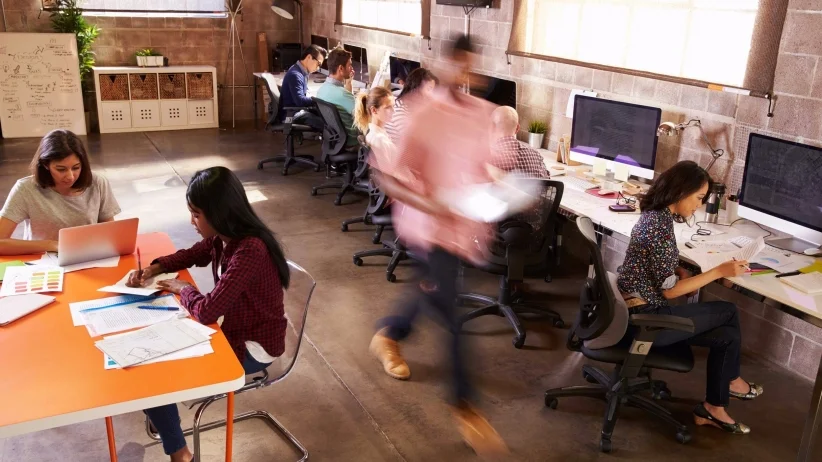![OMG! WHERE’S MY DESK?]()
OMG! Where’s my desk?
Sound familiar? Maybe the phrase lands a little too close to home for you or someone you know. It does for me because my business is the business of change and how it affects people in the workplace — especially new work environments, most of which are being designed without desks for everyone.
But maybe change is exactly what we need — a little more “OMG!” in our lives to shake us up — so we can force ourselves to take back control and choose where and how we want to work. Maybe having a desk or not having a desk is not the issue. Maybe it has something more to do with our attitude. We see a change coming in people’s perspective and a new freedom of choice, replacing the thought of “losing something”.
For the past six years, Dean Strombom and I have spoken at NeoCon and we have had the fortunate experience of standing room crowds, which is more a testament to the timeliness of the topics and not to our smooth delivery. The topics are messy and require different points of entry: some serious, some humorous, some evidence-based — and all of them require each person listening to consider, Do I have this notion of workplace change right? Even if I do, is it the right thing to do? Should we give up our personal workspace or was it even ours in the first place?
Via workdesign.com [paywall]

























